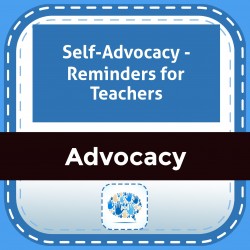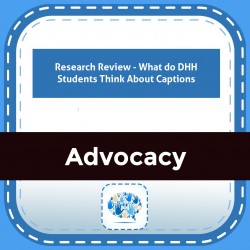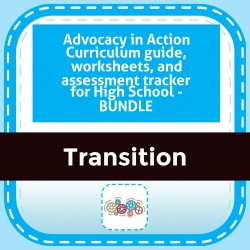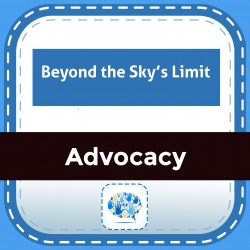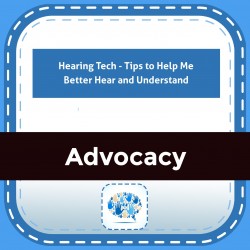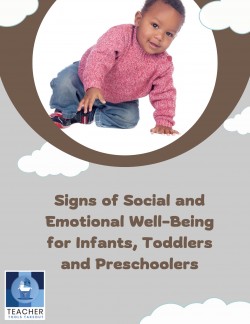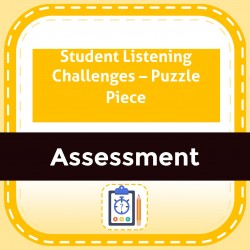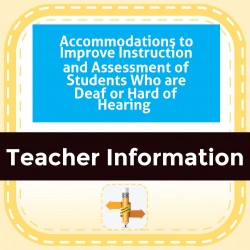Ability Levels
Categories
Resource Types
Age/Grade Range
CCSS
Anchor Standard
Speaking & Listening
Language
Reading
Self-Advocacy - Reminders for Teachers
$ 0
Ideas for fun activities for students to do to help their teachers understand their hearing needs. Teach students how to share practical information about themselves and their hearing loss with adult
...
s.
Research Review - What do DHH Students Think About Captions
$ 0
Discussion
of a 2019 study results gathered the perspectives of DHH students regarding
their satisfaction with various aspects of captioning and areas in which
improvement is needed.
...
; Four key
findings and a summary are included
Student Friendly Adapted SEAM
$ 7
The ADAPTED SEAM uses student-friendly language that activates self-reflective skills, encourages student ownership, and provides an interactive/conversation starter when done with the student. Some s
...
tudents experience an "ah-ha moment" about their responsibility the first time they complete the chart.
Ways To Use This:Discussion tool while completing the data form with your student. Self-reflection tool for older students while providing data for you.Assessment tool for determining self-advocacy present levels. (sample write-up included)Baseline data for your measurable IEP goal. (sample goal included)Students To Use This With?A student who is missing many of these skills at their levelsA student who is NEW to hearing devices regardless of age. An older student needing frequent reminders of these skills can benefit from revisiting the form periodically to track their progress.Why Use this?Editable PDF or Printable (2 versions)Timely benchmarks for progress reportingEasily Attach/Upload to IEP SystemsSample Assessment/Present Level Write-Up provided Sample IEP Goal & Completed Student Example providedWhat's Included in this Adapted SEAM Product?Overview of All Adapted Levels At a Glance (1 page) Directions and Ways To UseEditable PDFs - compact, single-page view. (7 forms/levels: Pre-K, K, 1st-2nd, 3rd, 4th, 5th, MS/HS)Printable Forms - expanded onto 2 sides for reading and writing ease. (7 forms/levels: Pre-K, K, 1st-2nd, 3rd, 4th, 5th, MS/HS)Student Data Example Sample Assessment/Present Levels Write-UpSample IEP goalSample - Real Student Form Completed over an IEP year.
Advocacy in Action Curriculum guide, worksheets, and assessment tracker for High School - BUNDLE
$ 1295
Complete curriculum guidance and scenarios for instruction in the students involvement in IEP planning, understanding and applying the law, assistive devices, and exploring options after graduation (
...
transitioning into the workplace or postsecondary school). Also includes a a pre and post assessment skills tracker that can be used to determine strengths and needs, track skill acquisition, and create goals and objectives. Includes items 0522, 0532 - 0534, 0536-0539, 0552-0559, 0478, 0479
Article: Assessment Accommodations on Tests of Academic Achievement for Students who are Deaf or Hard of Hearing
$ 0
The results of this anaylsis highlight the complexity of factors in assessing academic performance of students with hearing loss. 2013
Beyond the Sky’s Limit
$ 299
A collection of comic strips revealing troublesome situations for teens with hearing loss. Includes commentary on how each humorous situation might be resolved.20 more situations and scenarios that m
...
mix humor with compassion in negotiating social communication.More antics and advocacy for teens and tweens with hearing loss.
Hearing Tech - Tips to Help Me Better Hear and Understand
$ 0
This 2
page handout provides concise tips to help students who are hard of hearing
to fully access communication.
...
Signs of Social and Emotional Well-Being for Infants, Toddlers, and Preschoolers
$ 0
This handout lists appropriate behaviors indicating typical development of social-emotional well-being age ranges in months along with recommended actions that a parent or caregiver can take to encour
...
age healthy social-emotional development at each age range. From Center on the Social and Emotional Foundations for Early Learning.
Student Listening Challenges – Puzzle Piece
$ 3
Student Listening Challenges – Understanding the Missing Pieces summarizes the results of a Functional Listening Evaluation in a way that helps educators and family members understand listening challe
...
lenges under the different conditions of near, far, in quiet and in noise. Includes an image of a story imposed on puzzle pieces with different parts of the text missing to correlate with decreased speech perception due to hearing loss and listening under different auditory challenges.
Accommodations to Improve Instruction and Assessment of Students Who are Deaf or Hard of Hearing
$ 0
Policy Report by Pearson Publishing describing requirements for accommodations in assessment and instruction especially for students who are deaf or hard or hearing.
 Your browser is out of date. For best experience switch to latest updated Browser.
Your browser is out of date. For best experience switch to latest updated Browser.
 Get Chrome
Get Chrome Get Edge
Get Edge Get Firefox
Get Firefox